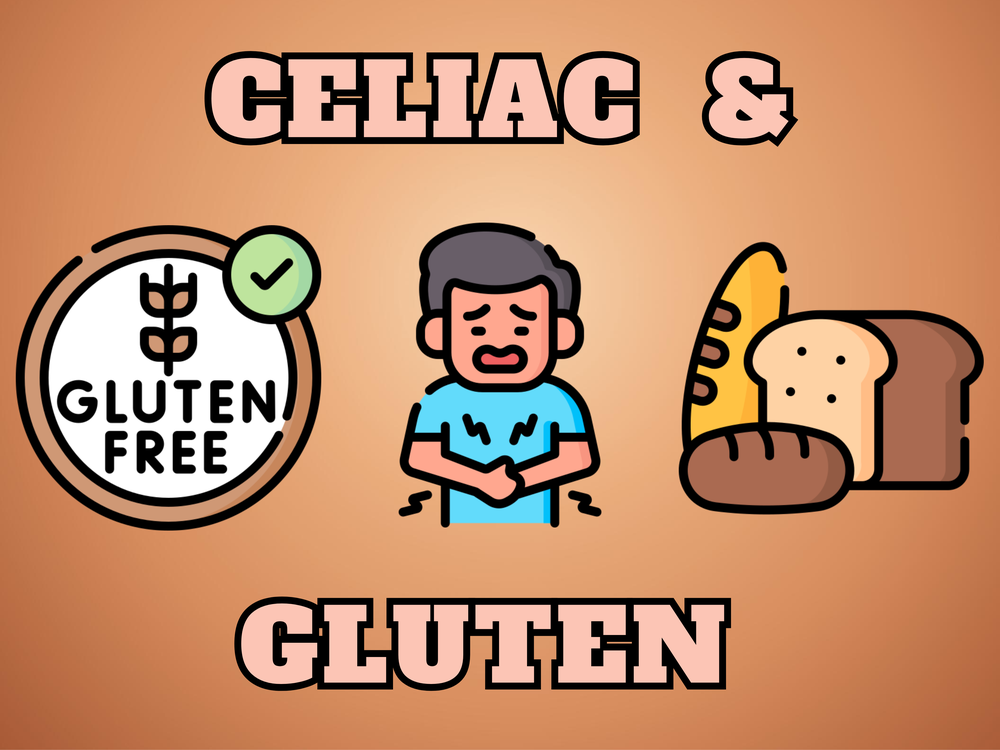
Table of Contents
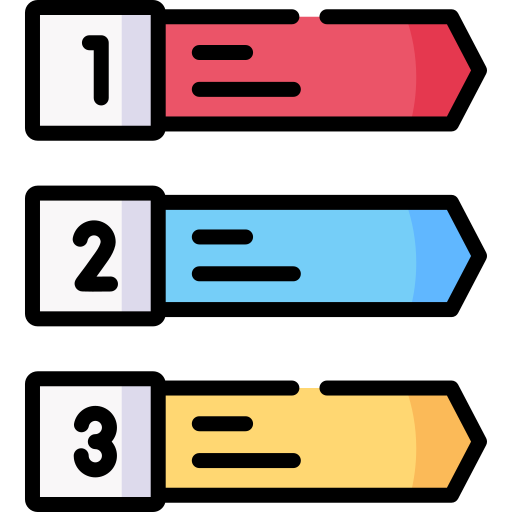
What Is Celiac Disease?
Have you ever felt bloated, tired, or brain-fogged after eating foods like bread, pasta, or beer? If so, you might have Celiac Disease: a chronic autoimmune disorder triggered by eating gluten. Gluten is a protein found in grains like wheat, barley, and rye. In people with celiac disease, gluten doesn’t just cause a mild stomach ache; it triggers the immune system to attack the small intestine itself.

What Is Gluten?
But first, just what exactly is gluten? Gluten is a protein naturally found in certain grains, most notably wheat, barley, and rye. It’s made up primarily of two components: gliadin and glutenin. When mixed with water, gluten forms a sticky, elastic network. This unique property is what gives bread its structure, chewiness, and ability to trap air bubbles during baking. In fact, the word “gluten” comes from the Latin word for “glue,” reflecting its cohesive texture and binding qualities.
In baking, gluten acts as both a stabilizer and a leavening aid. Strong gluten development makes dough stretchy and resilient, ideal for chewy breads and pizza crusts. This is the purpose of kneading bread: to develop the gluten in the dough. On the other heand, weaker gluten results in softer textures like cakes and pastries. This is why you should never overmix a cake batter. Mixing until just fully combined mimizes gluten development, which could make your light and airy cake instead more chewy and bread-like.
Beyond its functional role, gluten is also used in many processed foods as a thickener, binder, or texture enhancer. Though harmless for most people, those with Celiac Disease or a gluten sensitivity must strictly avoid gluten, as even trace amounts can trigger adverse immune or inflammatory reactions.

What Does Celiac Do?
Specifically, Celiac Disease damages the intestinal villi. These are tiny, finger-like projections that absorb nutrients from food. When these villi are flattened or destroyed, your body can’t absorb essential nutrients properly, like iron for example. In fact, a Celiac Disease diagnosis often comes about from chronically low iron.
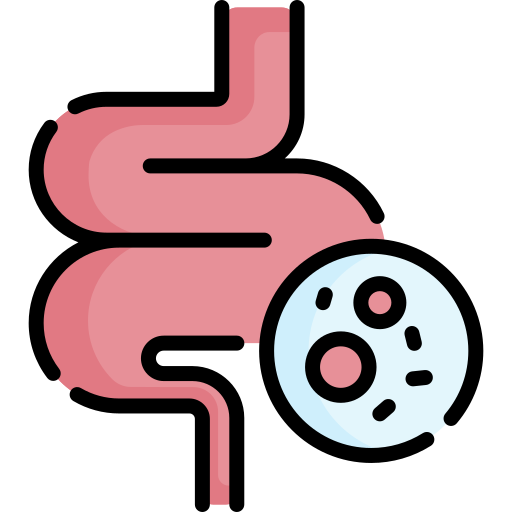
How Common Is It?
Celiac Disease is estimated to affect about 1% of the worldwide population, but as many as 80% of cases may remain undiagnosed. That means millions of people could be suffering without knowing the cause. The disease can develop at any age and tends to run in families. You have a 10-15% chance of having Celiac Disease if one of your first-degree relatives has the condition. It’s also more common in people with other autoimmune conditions.
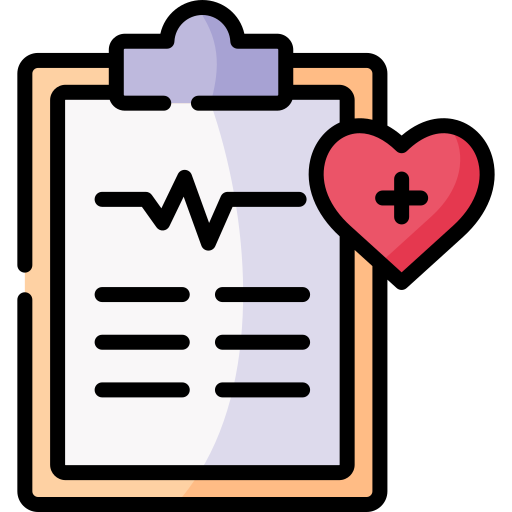
Symptoms
Undiagnosed Celiac Disease doesn’t just cause digestive upset. It can lead to serious long-term complications due to chronic inflammation and nutrient malabsorption. Celiac disease can look very different from person to person. Some experience classic digestive symptoms, while others have seemingly unrelated issues like fatigue or skin rashes.
Because symptoms vary so widely, many people go years before getting a correct diagnosis. Some are even misdiagnosed with IBS, lactose intolerance, or chronic fatigue syndrome before discovering gluten is the real culprit. Common symptoms include:

Diagnosis
Diagnosing Celiac Disease typically involves two steps: a blood test, and an endoscopy. The blood test looks for antibodies such as tTG-IgA (tissue transglutaminase) and EMA (endomysial antibodies). If these are positive, a gastroenterologist will confirm the diagnosis with an endoscopy to check for villi damage.
It’s important not to start a gluten-free diet before testing, as removing gluten can cause false negatives. For those who test negative but still feel worse after gluten, a you may instead have "Non-Celiac Gluten Sensitivity".

Managing Celiac Disease
There is currently no cure for Celiac Disease, but the good news is that it’s completely manageable. The only effective treatment is a strict lifelong gluten-free diet. This means avoiding all foods containing gluten, no exceptions.
That means no wheat, barley, or rye. This includes all foods made from these grains, such as bread, pasta, and even beer. Even small crumbs can trigger an immune reaction, so reading labels and avoiding cross-contamination is a must.
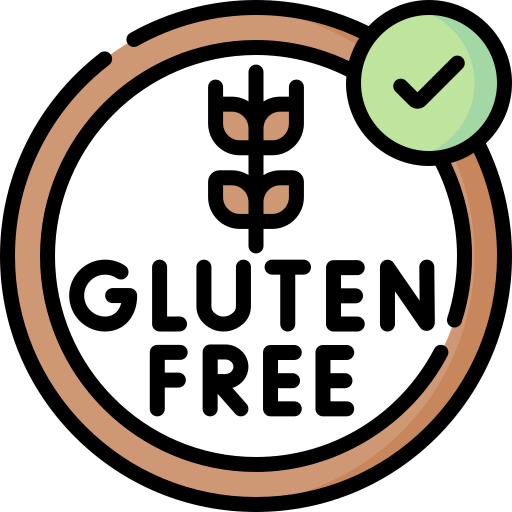
Tips For Managing Celiac

What Whole Foods Contain Gluten?
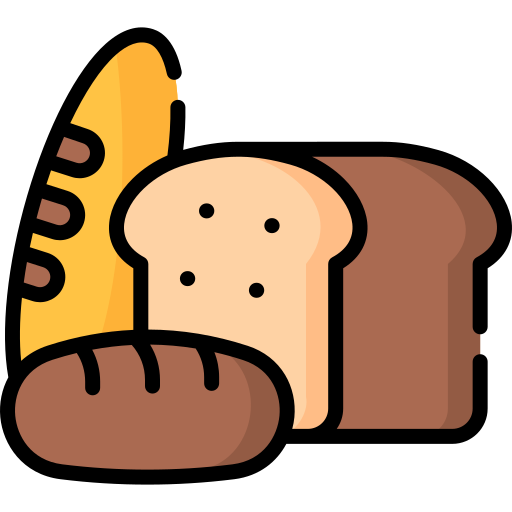
Additional Sources of Gluten
Looking at the list above, the main culprit of gluten is wheat, which is abundant in the Standard American Diet. The following foods all either contain wheat, other sources of gluten, or can be cross-contaminated with gluten:
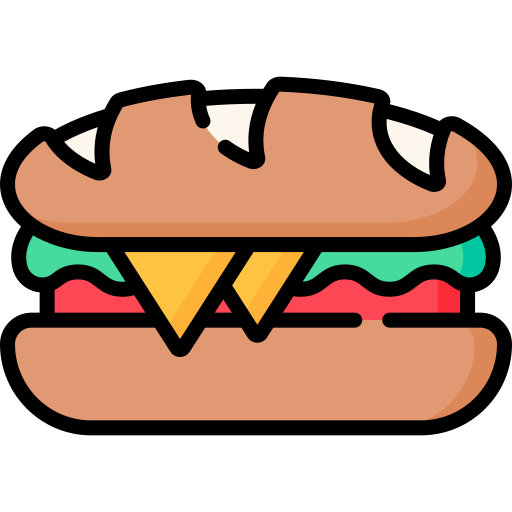

Gluten & Ultra-Processed Foods
If the above list seems daunting and limiting, and you're wondering just what you can eat while on a gluten-free diet, just know that most of the foods above are the junk foods you should be avoiding anyway. Cutting out ultra-processed foods entirely will eliminate the majority of gluten from your diet naturally, as well as the following positive benefits:
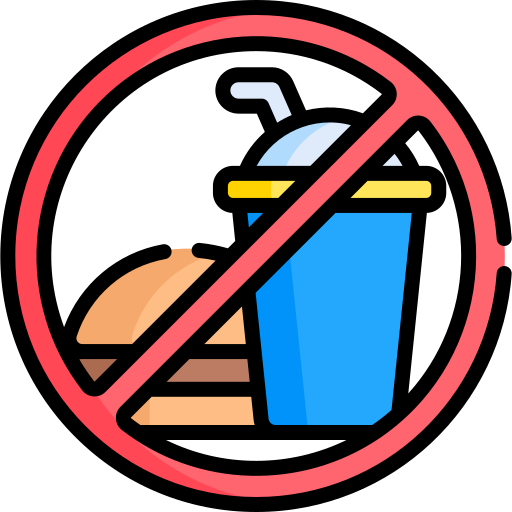
Gluten Challenge
If you're going to be tested for Celiac Disease, whether it's a blood test or an endoscopy, it's typically recommended you undergo what's known as a "gluten challenge". This involves eating a large amount of gluten for a short period of time. Otherwise, you may end up with a false negative, as little to no consumption of gluten causes the small intestine to heal itself if you have Celiac. Sounds great right? Yes, but that leads to an inaccurate test for Celiac. Thus, a gluten challenge is initiated.
Typically, a gluten challenge involves eating the equivalent of 4-5 slices of bread worth of gluten for a period of 2-4 weeks before testing for Celiac disease. But what does this actually mean? How can you consume gluten besides just bread?
Let's assume a standard slice of bread. Each slice weighs 29 g, and contains 3.1 g of protein. Since approximately 80% of protein in bread is made up of gluten, we can therefore conclude that 5 slices of bread contains approximately 12.4 g of gluten. This is a rough estimate, as gluten content can vary slightly depending on the brand and how much flour is used per slice.
In the table below, I will break down the amount of gluten contained in certain foods: per serving size, per 100 g, and per 100 calories. Note that data for the amount of gluten in specific grains is not always present. Therefore, I will be assuming the following:

Foods High In Gluten
Grains (Raw)

Other

5 Slices Gluten Equivalent
Grains (Raw)

Other

Highest Sources of Gluten
Per serving: Vital Wheat Gluten - 22.6 g (1/4 cup, 30 g)
Per 100 g: Vital Wheat Gluten - 75.2 g
Per 100 cal: Vital Wheat Gluten - 20.3 g

Sources
This post may contain affiliate links
- What Is Celiac Disease?
- What Is Gluten?
- What Does Celiac Do?
- How Common Is It?
- Symptoms
- Diagnosis
- Managing Celiac Disease
- Tips For Managing Celiac
- What Whole Foods Contain Gluten?
- Additional Sources Of Gluten
- Gluten & Ultra-Processed Foods
- Gluten Challenge
- Foods High In Gluten
- 5 Slices Gluten Equivalent
- Highest Sources Of Gluten
- Sources

What Is Celiac Disease?
Have you ever felt bloated, tired, or brain-fogged after eating foods like bread, pasta, or beer? If so, you might have Celiac Disease: a chronic autoimmune disorder triggered by eating gluten. Gluten is a protein found in grains like wheat, barley, and rye. In people with celiac disease, gluten doesn’t just cause a mild stomach ache; it triggers the immune system to attack the small intestine itself.

What Is Gluten?
But first, just what exactly is gluten? Gluten is a protein naturally found in certain grains, most notably wheat, barley, and rye. It’s made up primarily of two components: gliadin and glutenin. When mixed with water, gluten forms a sticky, elastic network. This unique property is what gives bread its structure, chewiness, and ability to trap air bubbles during baking. In fact, the word “gluten” comes from the Latin word for “glue,” reflecting its cohesive texture and binding qualities.
In baking, gluten acts as both a stabilizer and a leavening aid. Strong gluten development makes dough stretchy and resilient, ideal for chewy breads and pizza crusts. This is the purpose of kneading bread: to develop the gluten in the dough. On the other heand, weaker gluten results in softer textures like cakes and pastries. This is why you should never overmix a cake batter. Mixing until just fully combined mimizes gluten development, which could make your light and airy cake instead more chewy and bread-like.
Beyond its functional role, gluten is also used in many processed foods as a thickener, binder, or texture enhancer. Though harmless for most people, those with Celiac Disease or a gluten sensitivity must strictly avoid gluten, as even trace amounts can trigger adverse immune or inflammatory reactions.

What Does Celiac Do?
Specifically, Celiac Disease damages the intestinal villi. These are tiny, finger-like projections that absorb nutrients from food. When these villi are flattened or destroyed, your body can’t absorb essential nutrients properly, like iron for example. In fact, a Celiac Disease diagnosis often comes about from chronically low iron.

How Common Is It?
Celiac Disease is estimated to affect about 1% of the worldwide population, but as many as 80% of cases may remain undiagnosed. That means millions of people could be suffering without knowing the cause. The disease can develop at any age and tends to run in families. You have a 10-15% chance of having Celiac Disease if one of your first-degree relatives has the condition. It’s also more common in people with other autoimmune conditions.

Symptoms
Undiagnosed Celiac Disease doesn’t just cause digestive upset. It can lead to serious long-term complications due to chronic inflammation and nutrient malabsorption. Celiac disease can look very different from person to person. Some experience classic digestive symptoms, while others have seemingly unrelated issues like fatigue or skin rashes.
Because symptoms vary so widely, many people go years before getting a correct diagnosis. Some are even misdiagnosed with IBS, lactose intolerance, or chronic fatigue syndrome before discovering gluten is the real culprit. Common symptoms include:
- Anemia and iron deficiency
- Arthritis
- Bloating and abdominal pain
- Bone or joint pain
- Chronic diarrhea or constipation
- Depression and anxiety
- Fatigue and brain fog
- Growth problems in children
- Infertility or miscarriage
- Intestinal lymphoma
- Lactose intolerance
- Liver disease
- Osteoporosis and bone loss (from poor calcium and vitamin D absorption)
- Other autoimmune diseases
- Peripheral neuropathy (nerve damage)
- Seizures
- Skin rash
- Thyroid disorders
- Unexplained weight loss

Diagnosis
Diagnosing Celiac Disease typically involves two steps: a blood test, and an endoscopy. The blood test looks for antibodies such as tTG-IgA (tissue transglutaminase) and EMA (endomysial antibodies). If these are positive, a gastroenterologist will confirm the diagnosis with an endoscopy to check for villi damage.
It’s important not to start a gluten-free diet before testing, as removing gluten can cause false negatives. For those who test negative but still feel worse after gluten, a you may instead have "Non-Celiac Gluten Sensitivity".

Managing Celiac Disease
There is currently no cure for Celiac Disease, but the good news is that it’s completely manageable. The only effective treatment is a strict lifelong gluten-free diet. This means avoiding all foods containing gluten, no exceptions.
That means no wheat, barley, or rye. This includes all foods made from these grains, such as bread, pasta, and even beer. Even small crumbs can trigger an immune reaction, so reading labels and avoiding cross-contamination is a must.

Tips For Managing Celiac
- Be careful with restaurant food and shared cooking surfaces
- Check labels for hidden sources (e.g., malt, soy sauce, wheat starch)
- Completely eliminate gluten from your diet
- Get regular bloodwork to monitor nutrient levels (iron, B12, D, & calcium)
- Join a celiac support group or community
- Rebuild gut health with fiber, probiotics, and balanced nutrition

What Whole Foods Contain Gluten?

Additional Sources of Gluten
Looking at the list above, the main culprit of gluten is wheat, which is abundant in the Standard American Diet. The following foods all either contain wheat, other sources of gluten, or can be cross-contaminated with gluten:
- Beer
- Bouillon Cubes & Soup Bases
- Breadcrumbs & Panko
- Bread, Rolls, & Bagels
- Breakfast Bars
- Brownies
- Cake & Cupcakes
- Candy & Chocolate
- Caramel Color
- Cereal
- Cheese Sauces
- Chicken Nuggets & Chicken Fingers
- Chips & Crackers
- Cookies
- Cornbread
- Corndogs
- Croissants & Pastries
- Donuts & Muffins
- Energy Drinks
- Fish Sticks
- French Fries
- Fried Foods
- Frozen & Canned Meals
- Graham Crackers
- Granola & Granola Bars
- Gravy & Sauces
- Hamburgers
- Ice Cream
- Imitation Crab
- Licorice
- Malt Flavoring & Malt Vinegar
- Marinades
- Marmite & Vegemite
- Meatloaf & Meatballs
- Medications & Supplements
- Oatmeal
- Onion Rings
- Pancakes & Waffles
- Pasta
- Pies & Pie Crust
- Pizza
- Play-Doh
- Pretzels
- Processed Meats (Sausages, Hot Dogs, Pepperoni, etc.)
- Protein Bars
- Pudding
- Ramen Noodles
- Restaurant & Fast Food
- Salad Dressings
- Sandwiches
- Spice Mixes
- Sushi
- Tortillas & Wraps
- Trail Mix
- Veggie Burgers & Seitan
- Worchestershire Sauce


Gluten & Ultra-Processed Foods
If the above list seems daunting and limiting, and you're wondering just what you can eat while on a gluten-free diet, just know that most of the foods above are the junk foods you should be avoiding anyway. Cutting out ultra-processed foods entirely will eliminate the majority of gluten from your diet naturally, as well as the following positive benefits:
- Better weight management
- Clearer skin
- Enhanced mental clarity and mood stability
- Fat loss & muscle gain
- Improved gut health, microbiome diversity, and digestion
- Increased energy levels
- Less refined sugar, added fats, and refined carbs
- Lower blood sugar and blood pressure
- Lower risk of heart disease and dementia
- More fiber and protein
- Reduced cravings
- Reduced fatigue and brain fog
- Reduced inflammation
- Reverse obesity and Type 2 Diabetes
- Stronger immune function

Gluten Challenge
If you're going to be tested for Celiac Disease, whether it's a blood test or an endoscopy, it's typically recommended you undergo what's known as a "gluten challenge". This involves eating a large amount of gluten for a short period of time. Otherwise, you may end up with a false negative, as little to no consumption of gluten causes the small intestine to heal itself if you have Celiac. Sounds great right? Yes, but that leads to an inaccurate test for Celiac. Thus, a gluten challenge is initiated.
Typically, a gluten challenge involves eating the equivalent of 4-5 slices of bread worth of gluten for a period of 2-4 weeks before testing for Celiac disease. But what does this actually mean? How can you consume gluten besides just bread?
Let's assume a standard slice of bread. Each slice weighs 29 g, and contains 3.1 g of protein. Since approximately 80% of protein in bread is made up of gluten, we can therefore conclude that 5 slices of bread contains approximately 12.4 g of gluten. This is a rough estimate, as gluten content can vary slightly depending on the brand and how much flour is used per slice.
In the table below, I will break down the amount of gluten contained in certain foods: per serving size, per 100 g, and per 100 calories. Note that data for the amount of gluten in specific grains is not always present. Therefore, I will be assuming the following:
- 50% of the protein found in rye is made up of gluten
- 50% of the protein found in barley is made up of gluten
- 75% of the protein found in wheat-based products is made up of gluten (such as white flour, whole wheat flour, couscous, farro, and spelt)
- 100% of the protein in vital wheat gluten is made up of gluten
- Values are approximate, as the proportion of gluten in grain proteins varies by cultivar and processing method

Foods High In Gluten
| Food | Serving Size | Gluten Per Serving |
Gluten Per 100 g |
Gluten Per 100 cal |
|---|---|---|---|---|
| Barley | 1/4 cup (50 g) | 2.5 g | 5.0 g | 1.4 g |
| Couscous | 1/4 cup (56 g) | 5.4 g | 9.6 g | 2.6 g |
| Farro | 1/4 cup (45 g) | 4.3 g | 9.5 g | 2.8 g |
| Rye | 1/4 cup (42 g) | 2.2 g | 5.2 g | 1.5 g |
| Spelt | 1/4 cup (44 g) | 4.8 g | 11.0 g | 3.3 g |
| Vital Wheat Gluten | 1/4 cup (30 g) | 22.6 g | 75.2 g | 20.3 g |
| White Flour | 1/4 cup (31 g) | 2.4 g | 7.7 g | 2.1 g |
| White Pasta | 3/4 cup (56 g) | 5.5 g | 9.8 g | 2.6 g |
| Whole Wheat Flour | 1/4 cup (31 g) | 3.1 g | 9.9 g | 2.9 g |
| Whole Wheat Pasta | 3/4 cup (56 g) | 5.8 g | 10.4 g | 3.0 g |

Other
| Food | Serving Size | Gluten Per Serving |
Gluten Per 100 g |
Gluten Per 100 cal |
|---|---|---|---|---|
| Beer | 12 oz (360 g) | 1.1 g | 0.3 g | 0.7 g |
| Marmite | 1/2 tsp (4 g) | 0.5 g | 12.0 g | 6.5 g |
| Soy Sauce (Shoyu) |
1 tbsp (15 g) | 0.9 g | 6.1 g | 11.5 g |

| Food | Weight | # Servings | Calories |
|---|---|---|---|
| Barley | 248 g | 5.0 | 873 |
| Couscous | 129 g | 2.3 | 486 |
| Farro | 131 g | 2.9 | 449 |
| Rye | 238 g | 5.7 | 806 |
| Spelt | 113 g | 2.6 | 381 |
| Vital Wheat Gluten | 16 g | 0.5 | 61 |
| White Flour | 161 g | 5.2 | 586 |
| White Pasta | 127 g | 2.3 | 469 |
| Whole Wheat Flour | 125 g | 4.0 | 426 |
| Whole Wheat Pasta | 119 g | 2.1 | 420 |

Other
| Food | Weight | # Servings | Calories |
|---|---|---|---|
| Beer | 4133 g | 11.5 | 1777 |
| Marmite | 103 g | 25.8 | 191 |
|
Soy Sauce (Shoyu) |
203 g | 13.6 | 108 |

Highest Sources of Gluten
Per serving: Vital Wheat Gluten - 22.6 g (1/4 cup, 30 g)
Per 100 g: Vital Wheat Gluten - 75.2 g
Per 100 cal: Vital Wheat Gluten - 20.3 g

Sources
- Nutrition Value
- FlatIcon
- Wikipedia - Gluten
- Celiac Disease Foundation - What is Celiac Disease?
- Celiac Disease Foundation - Sources of Gluten
- Reddit - Gluten Levels in Different Foods
- PubMed - Analyzing Gluten Content in Various Food Products Using Different Types of ELISA Test Kits
- Science Direct - Development of a Barley Reference Material for Gluten Analysis
- PubMed - Characterization of Rye Flours and their Potential as Reference Material for Gluten Analysis
- Mayo Clinic - Celiac Disease
- Celiac Disease and Autoimmune Associated Conditions
- Beyond Celiac
- CDC - Commonly Mistaken Conditions
- Johns Hopkins Medicine - Celiac Disease